What do you want in a knife? Before you invest in a tool that might save your life, look around for a thorough, knowledgeable review.
by Leon Pantenburg
Recently, a knifemaker checked out my credentials, and asked me what criteria and method I use to review knives.
Good question!
To start with, I review inexpensive, entry level blades as well as custom, handmade ones. I’ll check out whatever knife strikes my fancy. Often, readers will suggest cutlery. There is no particular rhyme or reason to the products I choose from my knife reviews. I run across an interesting style and then I test and review it.
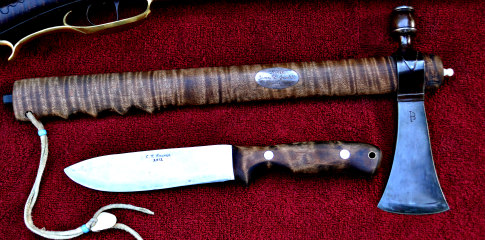
This pipe tomahawk needed a matching knife to complete the set.
Let’s start with a few basic facts as they relate to my knife reviews.
THERE ARE NO “FREE” KNIVES
I haven’t “needed” a new knife in well over 30 years. While I occasionally receive a knife from a manufacturer at no charge in hopes that I’ll test it, I generally buy, borrow, or barter to acquire a knife. A review generally takes a minimum of 5-10 hours before I even get to the actual field work. The knife is carried daily, as best I can under the limitations of working on a college campus, walking a household dog, and domestic chores. The actual review production, including field testing, writing, photography, video work etc. can take another 20 to 25 hours.
Do the math: If I get a “free” $250 knife in some exchange so that I can write a review, I’m not even making minimum wage. That amount doesn’t justify my time spent, and certainly doesn’t pay the overhead needed to operate a website. (SCS has been online for more than 14 years – and we’re expanding – so I obviously enjoy what I do! Our Youtube channel will soon hit over 10 million views.)
So why do do knife reviews at all? Simple – I am a cutlery addict and can’t quit. I LOVE all kinds of edged implements. I truly enjoy trying out new designs and steels, and the audience likes seeing the videos and posts. The number of views and the positive feedback and comments prove that.
From a business perspective, knife reviews drive traffic to Survivalcommonsense.com, and makes the site more attractive to sponsors and advertisers. It helps generate income so the reader never has to pay to view any of the information. With that said, I do appreciate my readers visiting my sponsors. (see the ads on the right side of the site)
ANYONE CAN DO A KNIFE REVIEW
So what reviewer can you trust?
Since there is no standard for knife reviews, I encourage you to consider these things.
- Who is the author and what is his/her expertise? (Here are my creds.)
- Do they have a website or blog?
- Does the author actually use knives on a regular basis? There should be photos and videos available.
- What do other knife people on YouTube, Twitter, Facebook etc. think of the author?
I WON’T RECOMMEND A KNIFE I WOULDN’T USE MYSELF
The Bear Grylls Ultimate Survival Knife was the bestselling knife in the world in 2011 when it came out. Problem was, it is a piece of junk, and I have told my readers that. I could have sold a lot of that “ultimate survival knife” and made some money, but that would have destroyed my credibility. My review also probably destroyed any chance I ever had of getting any advertising from Gerber or some other big name distributors. Too bad, because they make some good knives in Portland, Oregon.
MY KNIFE REVIEW PROCESS
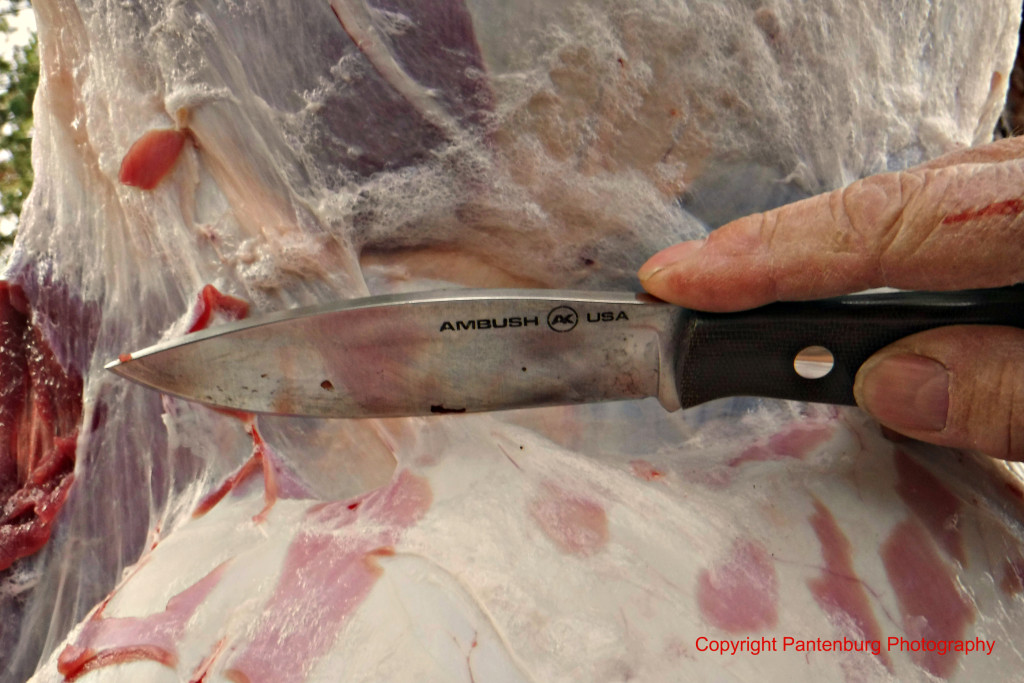
Does the reviewer use the knife for its intended purposes?
All I ever promise is a fair shake, and knifemakers/distributors know up front that nobody has any influence over my final review. I don’t make any promises on a knife review before they are tested and pass muster.
Most knives (With the exception of parangs, machetes, kurkis and bolos!) start out in the kitchen, where they are used for a variety of culinary tasks. This depends on what’s cooking, and what needs to be cut up. A knife will be used to disjoint chickens, cut up beef and pork; slice tomatoes, bread, vegetables etc. If the handle, blade and design don’t work out well for most mundane tasks, the review goes no further. (More on that below.)
Naturally, some of the thicker blade styles are not going to be the best slicers, but that is taken into account and in the context of my task. And a fillet knife is not going to be the best whittler or gutting knife. Nor does every knife work well as a culinary tool compared to one that’s designed for that purpose. I get that. But, I’m in the kitchen a lot and it’s easy to begin testing a new knife. So I start there.
Once the knife gets out of the kitchen, I use the knife for its intended purpose. A hunting knife gets used to process big game, cut meat or butcher. A bushcrafter is used for carving, whittling etc. A slicer will be used on bread and meat. A fillet knife will be used to fillet fish or for boning out meat.
I’ll cut up manila rope, corrugated cardboard and whittle hardwood to test the edge-holding ability. If I have not used a particular steel from that knife maker before, I may purposefully dull it so that I can check out how hard it is to re-sharpen.
Handle shape is very important, because one size doesn’t fit all. What works for me, may not work for you. Just because a handle or style isn’t just right for me doesn’t make mean it will be rejected.
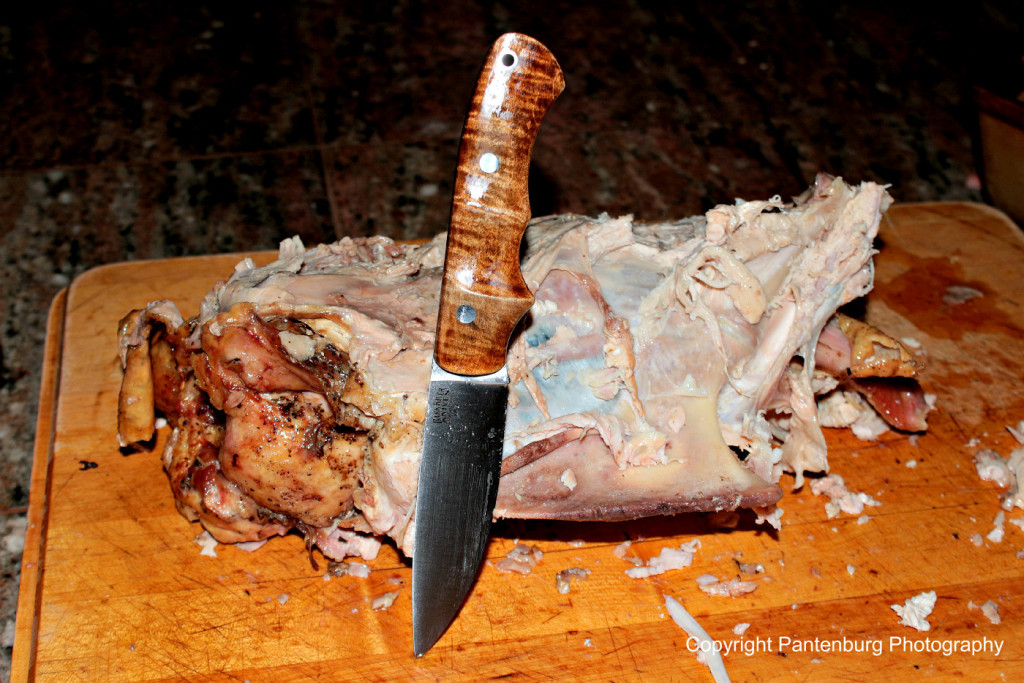
The handle on this Trakker Companion never became unsafe to use, even when covered with turkey fat.
In fact, when I try out a knife and it doesn’t perform to my expectations, I may farm it out to an expert and get another opinion.
This happened with the Bark River Trakker Companion. This high quality knife didn’t work for me, so I sent it to an expert outdoorsman for another look. I had similar experiences with the excellent Zoe Crist Santa Fe.
As an active Boy Scout volunteer, I have access to some of the most rigorous knife testers in the world – a bunch of 12-year-old scouts working on their Wilderness Survival Merit Badge. I’ll loan knives to them for fire making, and any blade that survives that sort of torture is damned near bulletproof.
I don’t throw them or baton firewood for knife testing. These activities rely more on technique than knife quality. In fact, if you know what you’re doing, you can baton firewood with a butter knife. I also don’t chop or hack wood with a knife – that’s a job for a hatchet or ax.
I don’t routinely misuse knives as part of the testing process. There is no point in abusing a knife to failure, unless durability and toughness needs to be proven.
I’ve been a cutlery enthusiast as long as I can remember, partially because I’ve been an outdoors guy for most of my life. Your knife may be the only tool you have in a survival situation, so I want to make sure you get a good one.
For me, reviewing knives is a win-win. I get to try out new knives, and write about them. I love the never-ending search for that mythical best all-around knife, the best survival knife, the best bushcrafter knife etc. Thanks for reading the website and allowing me to have a “job” I love!
Please click here to check out and subscribe to the SurvivalCommonSense.com YouTube channel – thanks!

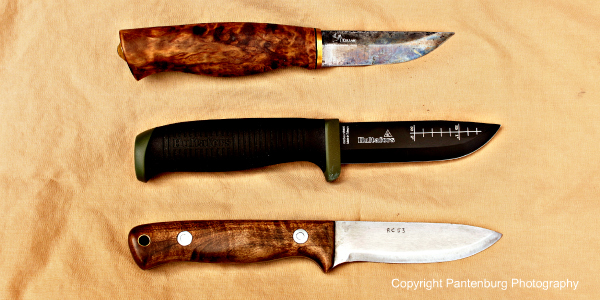
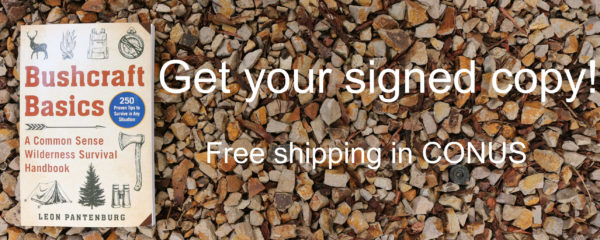
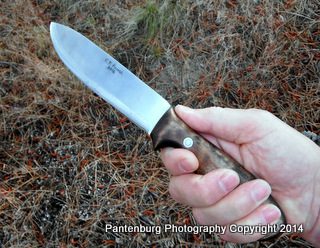
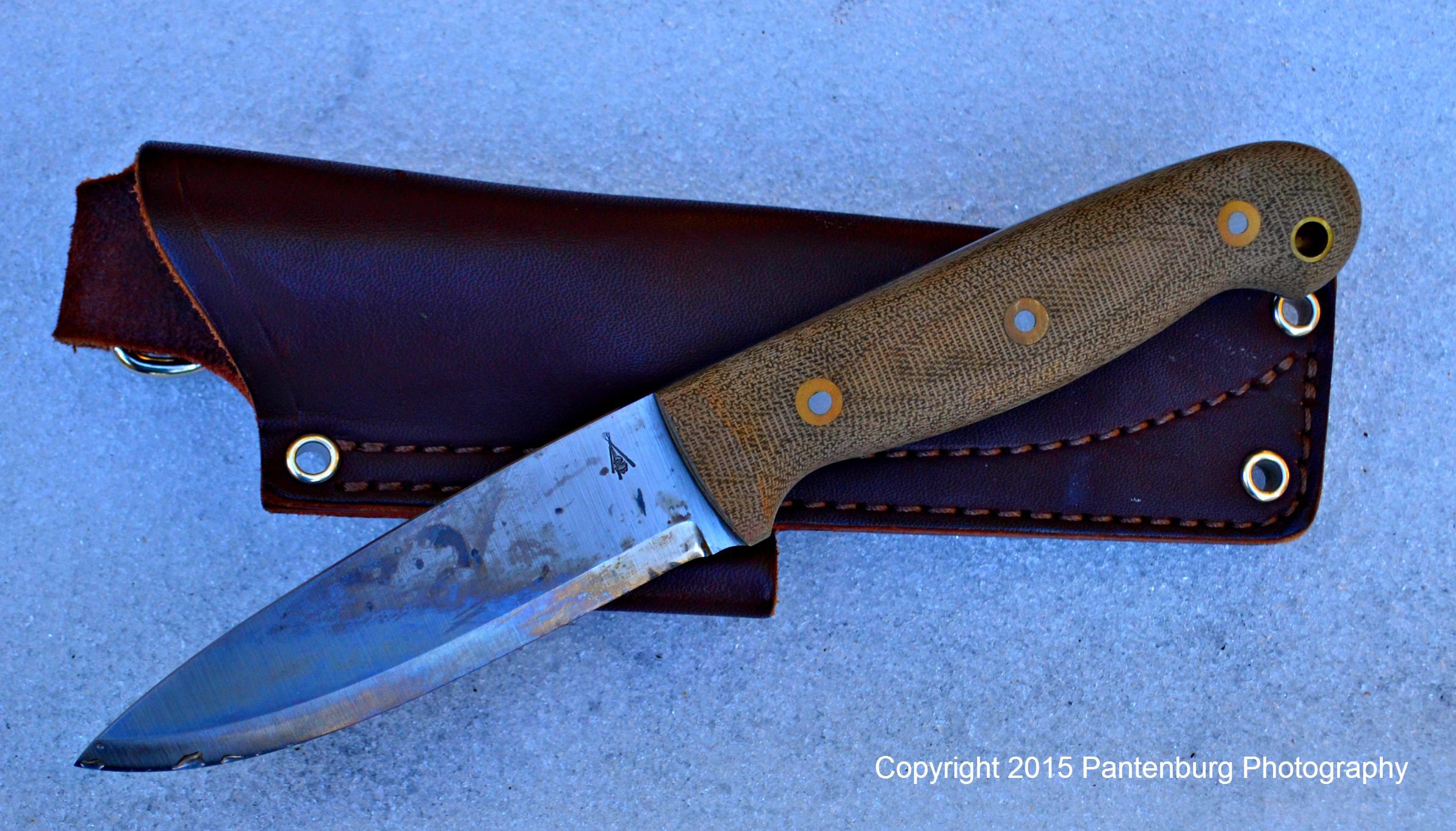
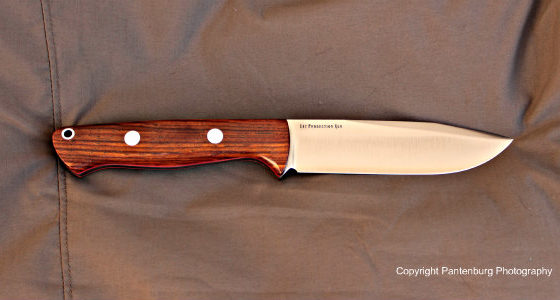
Leave a Reply